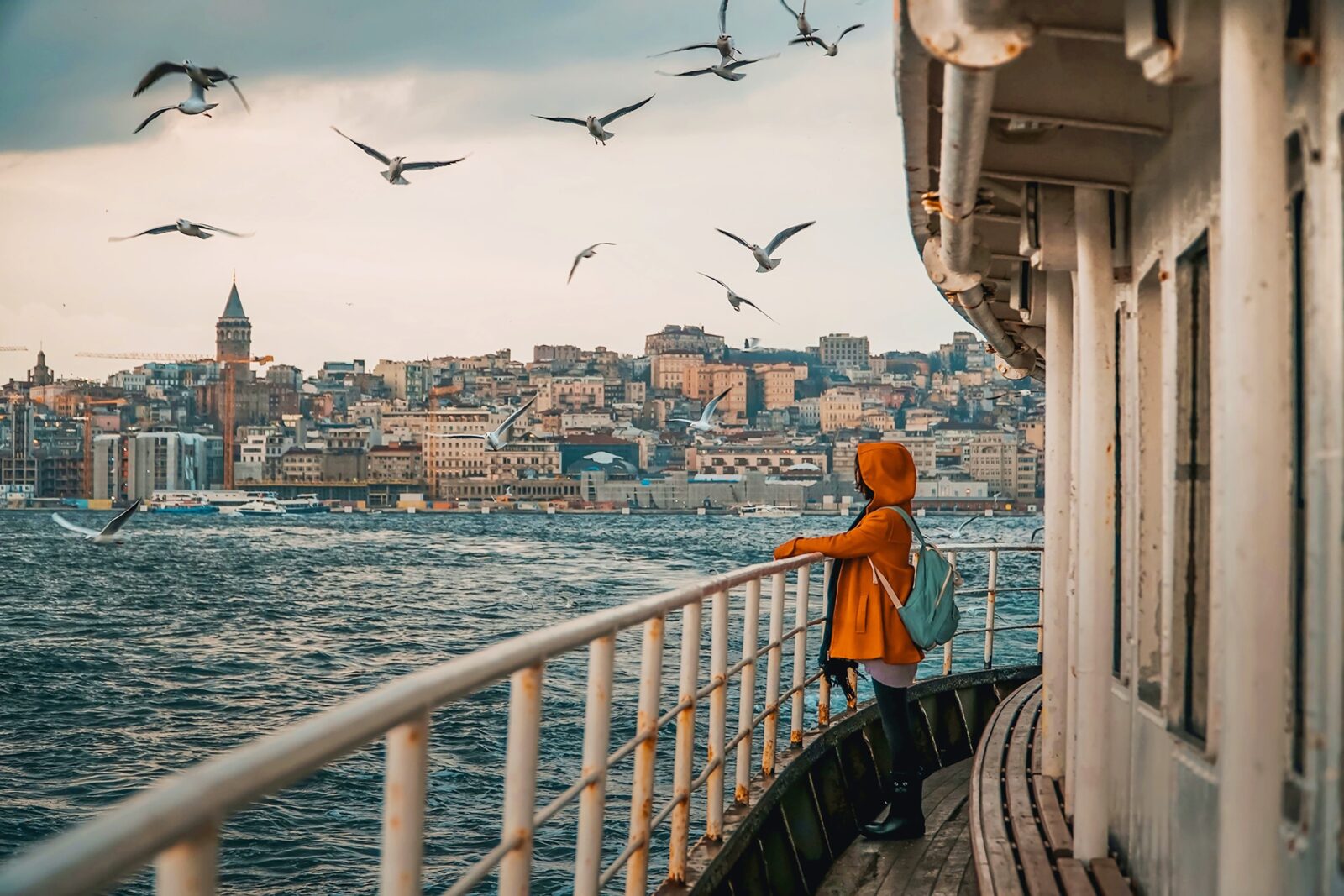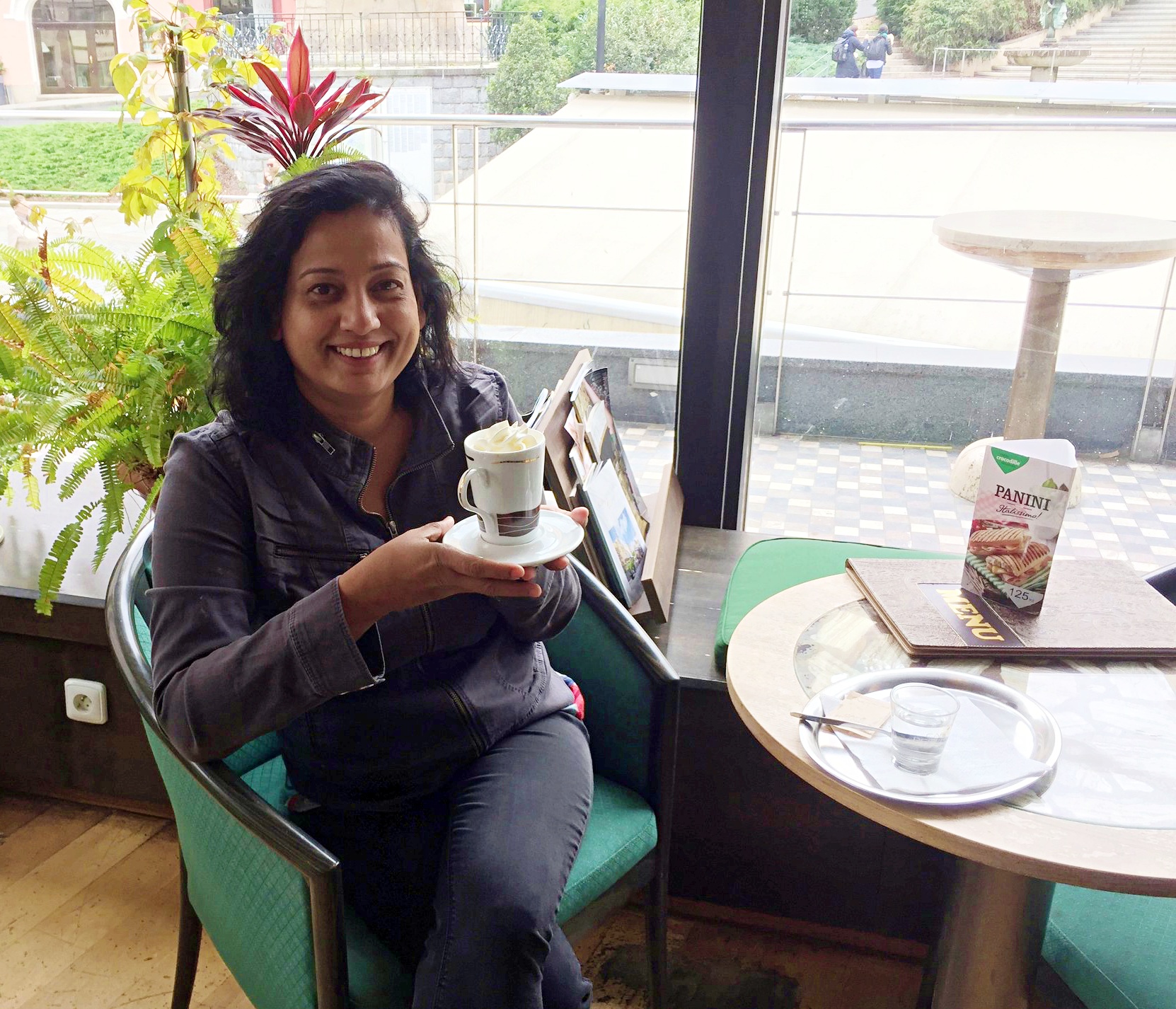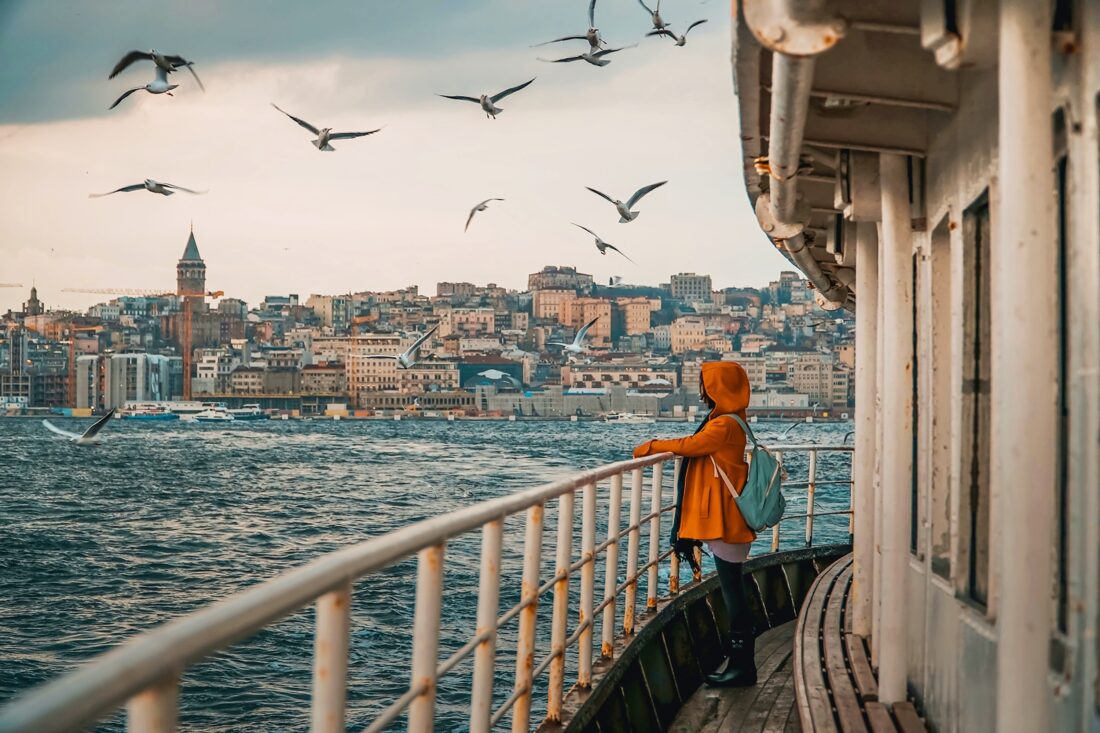
Pera Palace: Born to fascinate
In the year 1892, Pera Palace redefined Istanbul’s hospitality. The new hotel was as luxurious as the Venice – Simplon Orient Express train that brought its guests, which included diplomats, actors, journalists, writers, businessmen and spies. The first building with electricity (excluding the Ottoman Palaces), it had an electric elevator and provision of hot water.
A well known fact is that Pera Palace’s Room No. 411 is where the queen of crime, Agatha Christie wrote her bestseller, Murder on Orient Express. As I took the tour of the Agatha Christie Suite, where much of the original and opulent Victorian furniture still remains, I found my pulse racing. Pera Palace has a “feel” about it. I could swear, I saw the writer seated at her typewriter, breathing life into Hercule Poirot and endowing him with the faculties to solve the baffling murder of Ratchett (Cassetti).
Making my way from the Garbo Suites to the Piano Suites and Hemingway Suite, I fancied shadowy figures, spies and murderers appearing out of the nooks and corners in the lobby. A chill ran through me as I descended the marble stairs. The hotel had been a beehive of activity during the world wars — with an equal number of spies and scribes crawling the corridors carrying secrets. What other secrets were hidden in Pera Palace besides Christie’s famous key, I wondered.
Ernest Hemingway, writer and a journalist of Toronto Star, stayed here in 1922 while covering Turkey’s National Struggle. Such was the impression of Istanbul in his mind that in 1936 when he wrote The Snows of Kilimanjaro, he promptly installed his main character Harry at the Pera Palace Hotel. So, technically, both the writer and his creation, stayed here.
I mulled over another fictional character, Henry Pulling and his aunt Augusta Bertram, in Graham Greene’s Travels With My Aunt the next day as I journeyed to my next destination, the Museum of Innocence.
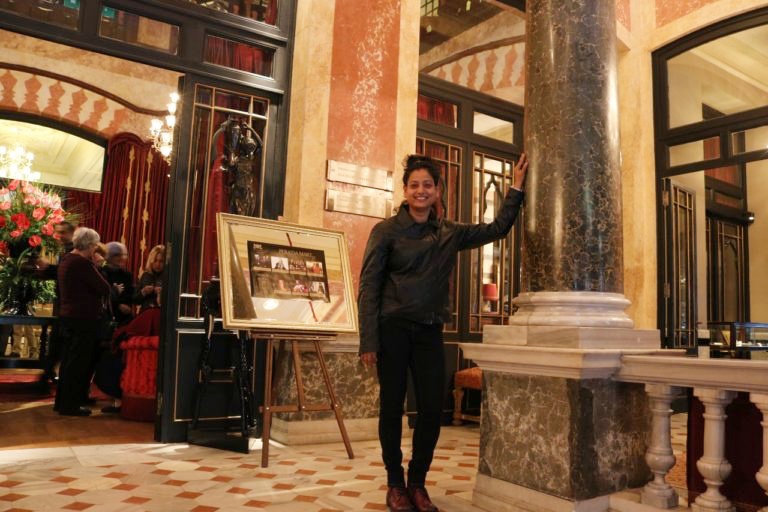
A Nobel Prize and a museum
A short walk off Istiklal, Istanbul’s famous shopping area, brought me to Çukurcuma, where a red-coloured building housed a famous literary achievement. The walk itself was filled with pleasant anticipation. I wondered, how many times had Orhan Pamuk or his protagonist Füsun and Kemal walked this way?
I edged past antique shops in the side alleys as a prelude to what was to come as the door opened into the life of Kemal. The Museum of Innocence was not a museum that celebrated history — it lived a story. Perhaps, the author’s own.
Each room of the museum’s four floors was set up to represent a chapter from Pamuk’s Nobel Prize-winning book of the same name. Every article replayed Kemal and Füsun’s emotions. As a reader who had journeyed through their love and loss, I could connect with the thousands of artifacts housed there. Every object, upon minute scrutiny, told a story. The museum breathed. It was as real as my past. Here were cigarette butts, ashtrays, shawls, letters — everything that Kemal and his lover had touched, felt, seen, experienced or used. Füsun had sighed and laughed within these walls. It was her home.
I spent over four hours drawn into the life of Pamuk, Kemal and Fusun. Then, I headed to Nianta, a rather affluent area of Istanbul to retrace the beginning of the novel. This was where Kemal, engaged to Sibel, fell in love with the 18-year-old Füsun and carried on a clandestine relationship at Merhamet Apartments overlooking Tesyikiys Avenue. The name had been taken off the apartment. And according to the book, Füsun who lived near here, eventually moved with her parents close by before moving to Çukurcuma.
Sivastopol Kökü: Trotsky’s favourite corner in Büyükada
Next on my itinerary was Buyukada, Trotsky’s favourite corner. I had put that down for Day Three. I needed to readjust my ideas about the city which had begun to reshape itself in my mind. Nothing mattered more than walking in the footsteps of my authors.
In 1929, Trotsky was exiled from Russia. He then came to Istanbul and made the beautiful house on Büyükada (the biggest of Princess Island) his home. I could see why he chose this particular place — it was as serene as it was beautiful. His surroundings greatly influenced his writing. It was here that he wrote his autobiography My Life, and The History of the Russian Revolution.
Although entry into the property was restricted, I did get an impression of being inside the large rather dilapidated house. Looking at it, I understood why decades after Trotsky, Elif Shafak chose this particular home to stay in when writing some of her novels.
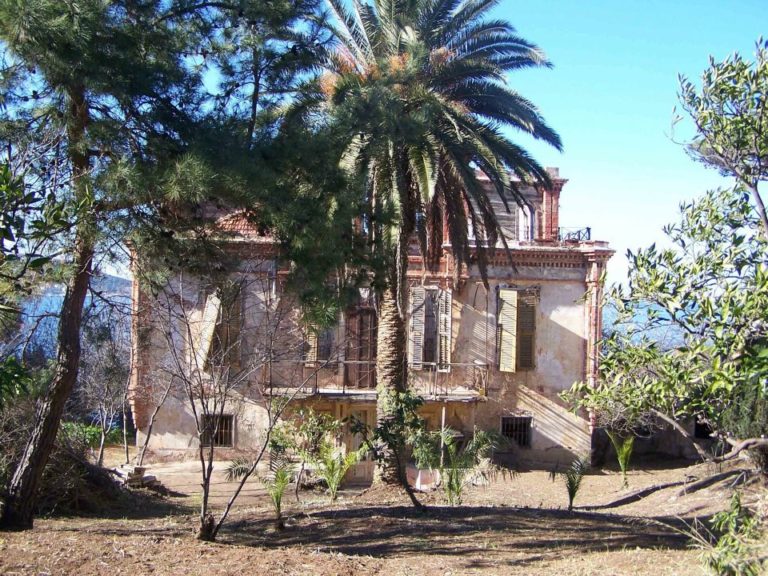
Pierre Loti Hill
On Day Four, I hoped to achieve much in terms of visiting museums and houses of authors I admired. Shortly, a cable car ride brought me to Pierre Loti Hill with the spectacular views of the Golden Horn. But that was not the reason I was here. I was on the trail of Julien Viaud (Pierre Loti), a French Naval officer and writer, who arrived in Istanbul at the age of 26 in the year 1876, fell in love with a local woman and made Istanbul his temporary home. The hill was named after him.
I mulled over the view and magnetic charm of this place over a cup of coffee at the Pierre Loti Café located on the ridge. This café, I was told, was nothing like it looked now. Back then, it was a small, humble place with a few stools and a stove for brewing Turkish coffee.
Somewhere in the distance traffic roared and the muezzin called out as I realised what was it that made Istanbul addictive.
Istanbul was alive
I turned towards the Nazim Hikmet Cultural Centre named after a Turkish poet. As I sat there looking at the books and sipping on Turkish coffee. my eyes came to rest on a group of serious-looking youngsters furiously discussing something. They were, I was told, young writers who used this space as a work and meet-up site. I watched them curiously, trying to imagine which one of them might be the next big thing in literature.
My literary quest ended at the Flower Passage where Armanoush (a character from Shafak’s The Bastard of Istanbul) treated herself to delicious local meals. I did the same. I had come full circle.
Late in the night, I stood lost in thought on the Galata Bridge looking into the water below. The waters of Bosphorus indeed ran deep. Whichever way you look at Istanbul — through the eyes of a reader or a writer — there is mystery at every corner to be found.

Share
Image Credit: Anjaly Thomas
